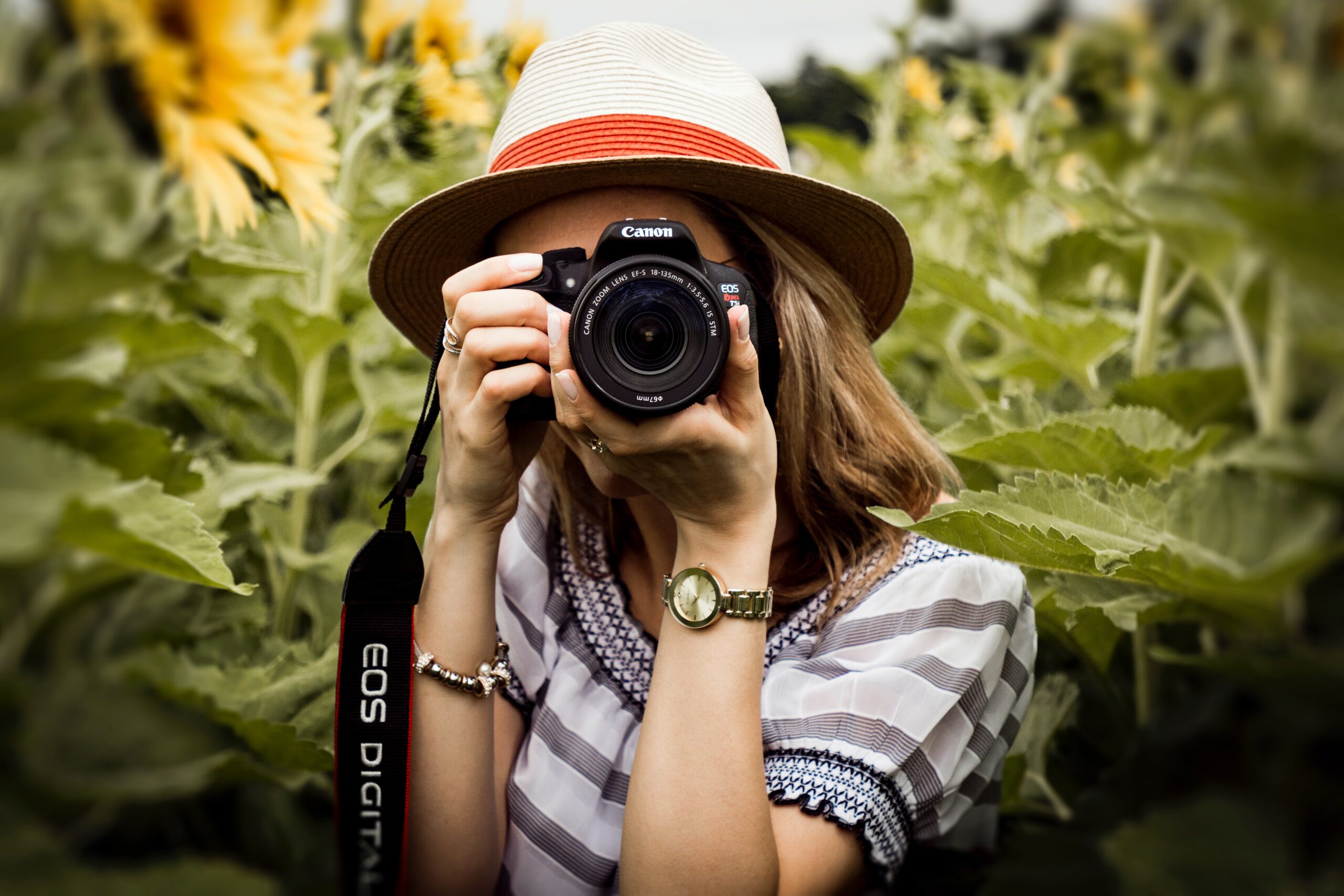
Everyone has those moments in their lives that they want to remember for the rest of their lives. A photo is a great way to accomplish this, and it doesn’t even require all the expensive equipment that you’d find in a photography studio.
Whether you’re a young parent looking for ways to take fantastic baby pictures as they grow up fast or someone who wants to start a small photography side-gig, photos capture memories like no other medium.
Nevertheless, here are six useful tips for beginner photographers.
1. Learn how to correctly hold your camera. You don’t want to be shaking all over the place when taking your pictures.
If you’re using a digital SLR camera, hold it close to your body with your left hand supporting the lens. Use your right hand to operate the shutter button. This will help keep the camera shake to a minimum.
For compact cameras and smartphones, use both hands to support the camera. Place one hand on the side and the other hand on the bottom. This will help keep the camera stable when pressing the shutter button.
If you’re using a tripod, make sure that it’s level before taking your picture. You can do this by adjusting the legs of the tripod until they form an L-shape with both the front and rear legs.
2. Check the ISO before you start shooting.
The ISO is the sensitivity of your camera to light. The higher the ISO, the more sensitive your camera will be and the less light you will need to take a picture. However, the higher the ISO, the more noise (or graininess) will be in your pictures.
For beginners, it’s recommended that you start with an ISO of 100 and then increase it if needed. You can always decrease the ISO if it’s too noisy, but you can’t add back detail that was lost due to high noise levels. To change the ISO on your camera, look for a button that has either an “ISO” or “Sensitivity” label on it.
When shooting in low-light conditions, increase the ISO setting to get a faster shutter speed. This will help to prevent blurry pictures due to camera shake.
When shooting in bright light conditions, decrease the ISO setting to get a slower shutter speed. This will help to avoid overexposed pictures.
3. Choose the right aperture for the job.
The aperture is the size of the opening in your lens. The larger the aperture, the more light will enter your camera. The smaller the aperture, the less light will enter your camera.
For beginners, you can use an aperture of f/16 or f/22 when taking pictures. This will give you a good balance between a sharp picture and one that has some background blur (known as bokeh).
To change the aperture on your camera, look for a button that has either an “Aperture” or “F-stop” label on it.
When shooting portraits, use a large aperture to create a blurred background. When shooting landscapes, use a small aperture to get more of the scene in focus.
If you are taking photos of people as a side-gig, use a hobbies questionnaire to learn your clients’ interests, as doing so will guide the photography session by alerting you of locations to take the photos. Knowing the locations will help you better choose the appropriate aperture.
4. Keep your camera level.
One of the most common mistakes that beginner photographers make is not keeping their camera level. This can result in pictures that are tilted or crooked.
To keep your camera level, use the viewfinder to help you align your shot. If you’re using a digital SLR, look through the viewfinder and press down on the shutter button halfway. You should see a grid appear in the viewfinder. Use this grid to help you keep your shots straight and level.
If you’re using a compact camera or smartphone, use the built-in levels or horizon indicator to help keep your shots straight. Some cameras also have an electronic level indicator which will show on the LCD screen whether your shots are tilted or not.
5. Focus on the right thing.
Another one of the most common mistakes that beginner photographers make is not focusing on the right thing. This can result in pictures that are out of focus or have a blurry subject.
To ensure that your subject is in focus, use either autofocus or manual focus mode. Autofocus will automatically adjust the focus for you, while manual focus allows you to adjust it yourself. Some cameras also have a face recognition feature which will help to keep faces in focus when taking portraits.
If your subject is too far away, use the zoom lens to get closer to them. This will help to ensure that they are in focus. When taking pictures of things that are close-up, use the macro mode to get a close-up shot. This will help to ensure that the subject is in focus.
6. Adjust white balance.
One of the most challenging things about photography is getting the colors to look accurate. This is especially true when shooting in different lighting conditions.
The white balance setting on your camera helps to adjust for different types of light. For beginners, use the auto white balance setting. This will automatically adjust the colors for you, depending on the lighting conditions.
If the colors in your pictures are still not looking right, you can try adjusting the white balance manually. To do this, look for a button that has either a “WB” or “White balance” label on it. Then use the arrow keys to scroll through the different white balance settings until you find one that looks good to you. Experiment with different white balance settings to see which one gives you the best results.
When taking pictures in natural light, use the “Daylight” or “Sunny” white balance setting. When taking pictures indoors, use the “Tungsten” or “Incandescent” white balance setting. And when shooting in fluorescent light, use the “Fluorescent” white balance setting.
There are also a few other things that you can do to improve the color accuracy of your pictures. One is to adjust the exposure compensation setting on your camera. This will help to brighten or darken your pictures, depending on how much adjustment is needed. Another thing that you can do is adjust the color temperature of your images in post-processing.
Conclusion
Now that you know the basics of how to hold your camera and what settings to use, it’s time to put this knowledge into practice. Grab your camera and head outside for a photoshoot. Experiment with the different settings and see which ones work best for the type of photos you want to take.
As you continue practicing, you’ll start to get a feel for how your camera works and how to make the most of its capabilities. With a little bit of practice, you’ll be taking amazing photos in no time.

